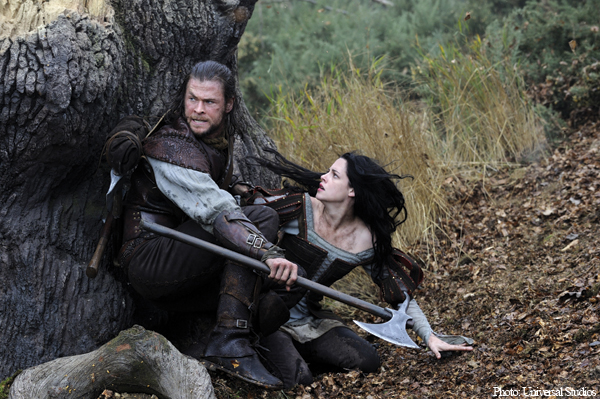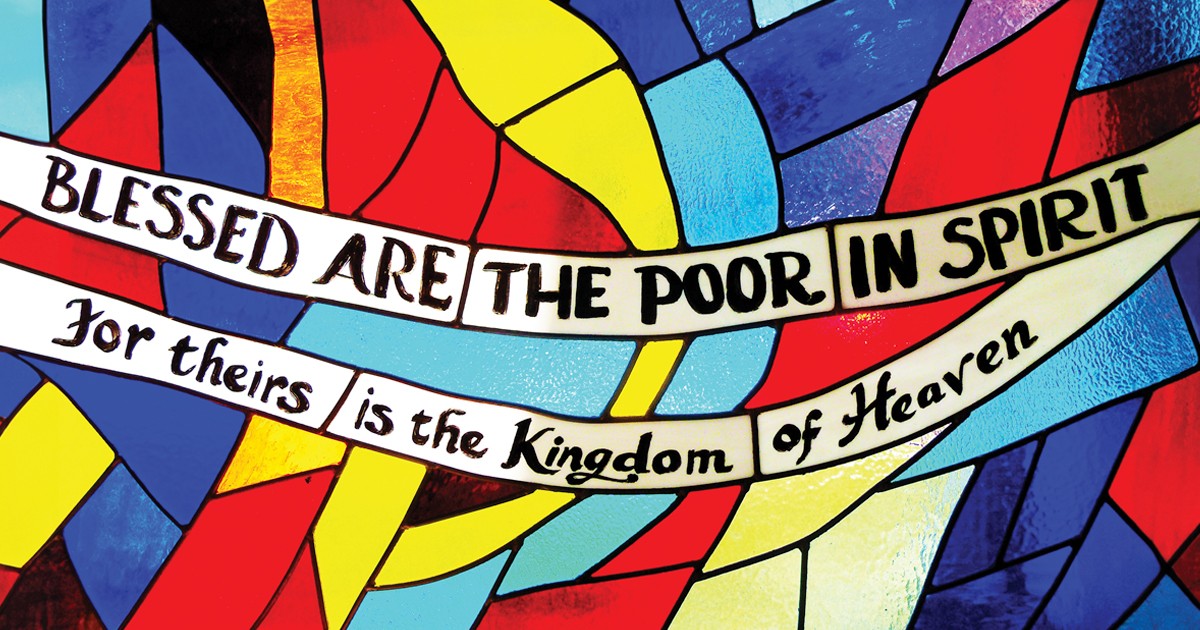
The story of Snow White may be 200 years old, but it has never lost its place in popular culture. This summer, the classic tale gets updated in Snow White and the Huntsman, an action-adventure epic that offers a unique and entertaining blend of old and new.
In keeping with the original fairy tale, the film follows Snow White (Kristen Stewart), daughter of the late King Magnus and stepdaughter of Queen Ravenna (Charlize Theron). Queen Ravenna is a vain, selfish tyrant who gains power and beauty by stealing the youth of others. Upon learning from her magic mirror that she is no longer the “fairest of them all,” she sets out to kill Snow White, enlisting the help of Eric, a young huntsman (Chris Hemsworth). The Mirror tells her that if she takes Snow White's heart, she will become immortal.
Much of this is familiar, yet for those of us who grew up watching the 1937 Disney film, Snow White and the Huntsman may at times feel like a completely different story. But this is to its credit.
Disney's Snow White is closer to the young girl in the original Brothers Grimm fairy tale, but she lacks the personality and agency today's audiences expect from the central character of a film. In this modern retelling, Snow White is portrayed as a strong female warrior instead of a passive princess.
For example, in the Disney film, Snow White willingly follows the huntsman into the forest, oblivious of his intent to kill her, but in the new film, she recognizes that she is in danger and makes a daring escape from the castle, thwarting her stepmother's plan to take her life.
And forget cooking and cleaning for the dwarves. The new Snow White spends her time in the forest training to fight Queen Ravenna. The dwarves see her as a leader, not a housemaid.
The film's male leads are also more fully developed. Prince William's love for Snow White goes beyond simply admiring her beauty, and the huntsman not only refuses to kill Snow White, as he does in the traditional story, he also teaches her the art of war and joins her rebellion against the queen.
These changes underscore the film's emphasis on destiny and choice. The Mirror tells Queen Ravenna that Snow White is “destined” to surpass her, both in beauty and as ruler of the kingdom, and the dwarves recognize that she is “the one” who can end the darkness. But destiny, on its own, is not enough. Snow White must choose to fight—to be the person she is called to be.
The queen has already made her choice. As the Mirror puts it, she has “defied nature and robbed it of its fairest fruits.” Queen Ravenna admits that it once pained her to know that her actions were the cause of so much suffering among the people in her kingdom. “But now,” she says, “their cries give me strength.”
These choices set up an epic battle between good and evil. But before the battle begins, Snow White and the huntsman are given a glimpse of life outside the influence of the queen. The dwarves take them to an area known as Sanctuary, a lush, green forest and a place of beauty and harmony. This heavenly scenery, as contrasted with the darkness of the queen's influence, is an image of life without evil—a Garden of Eden, free from sin.
The setting of Snow White and the Huntsman may be fantastical, but the call to fight evil and do what is right, despite the difficulty, is very real. This commitment to pursue the good is the true source of Snow White's beauty. We see her mother saying to her in a flashback, “You possess rare beauty, my love, in here,” putting her hand over Snow White's heart. “Never lose it.”
With unwavering strength in the face of adversity, Snow White proves that she hasn't.










Leave a Comment